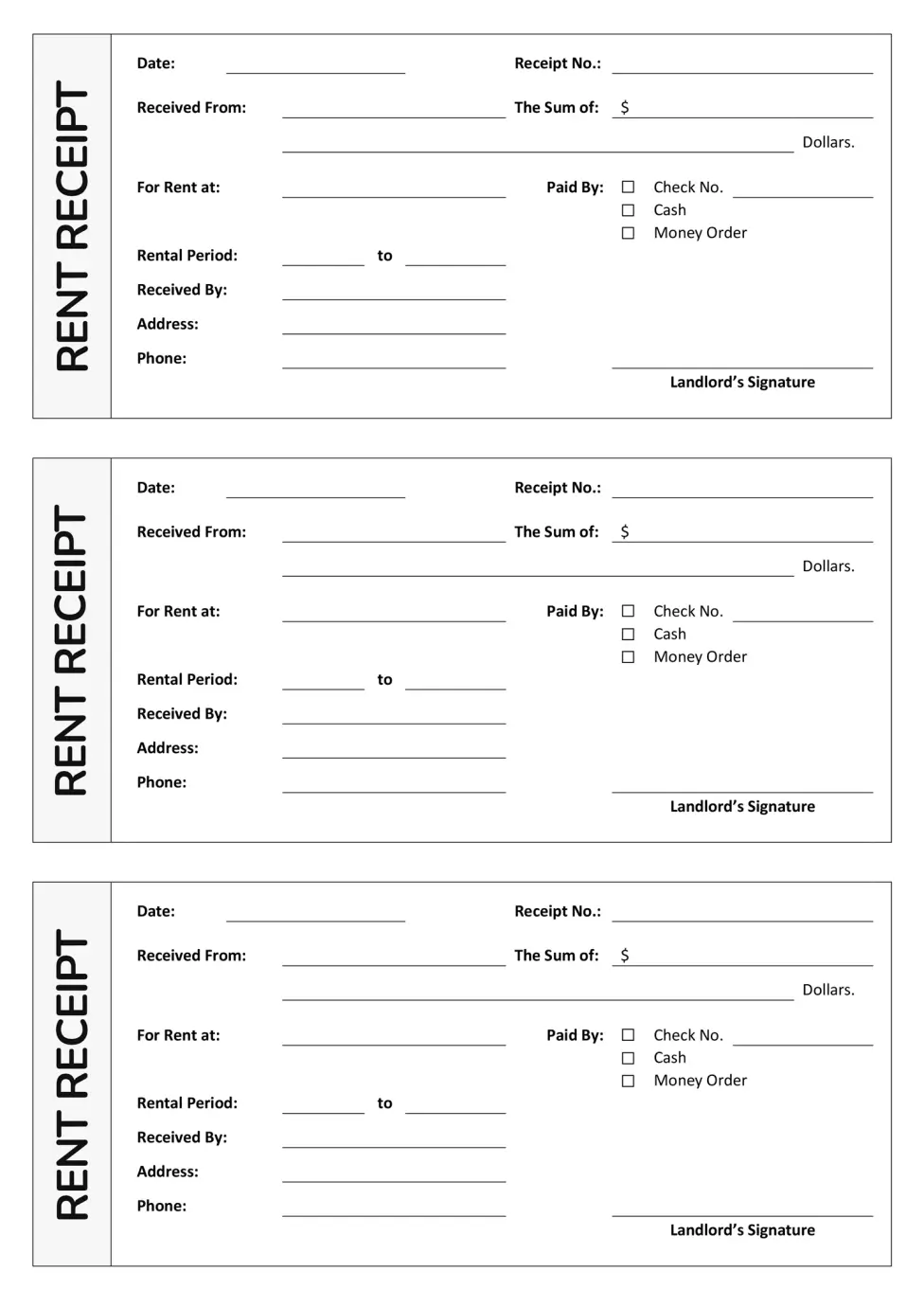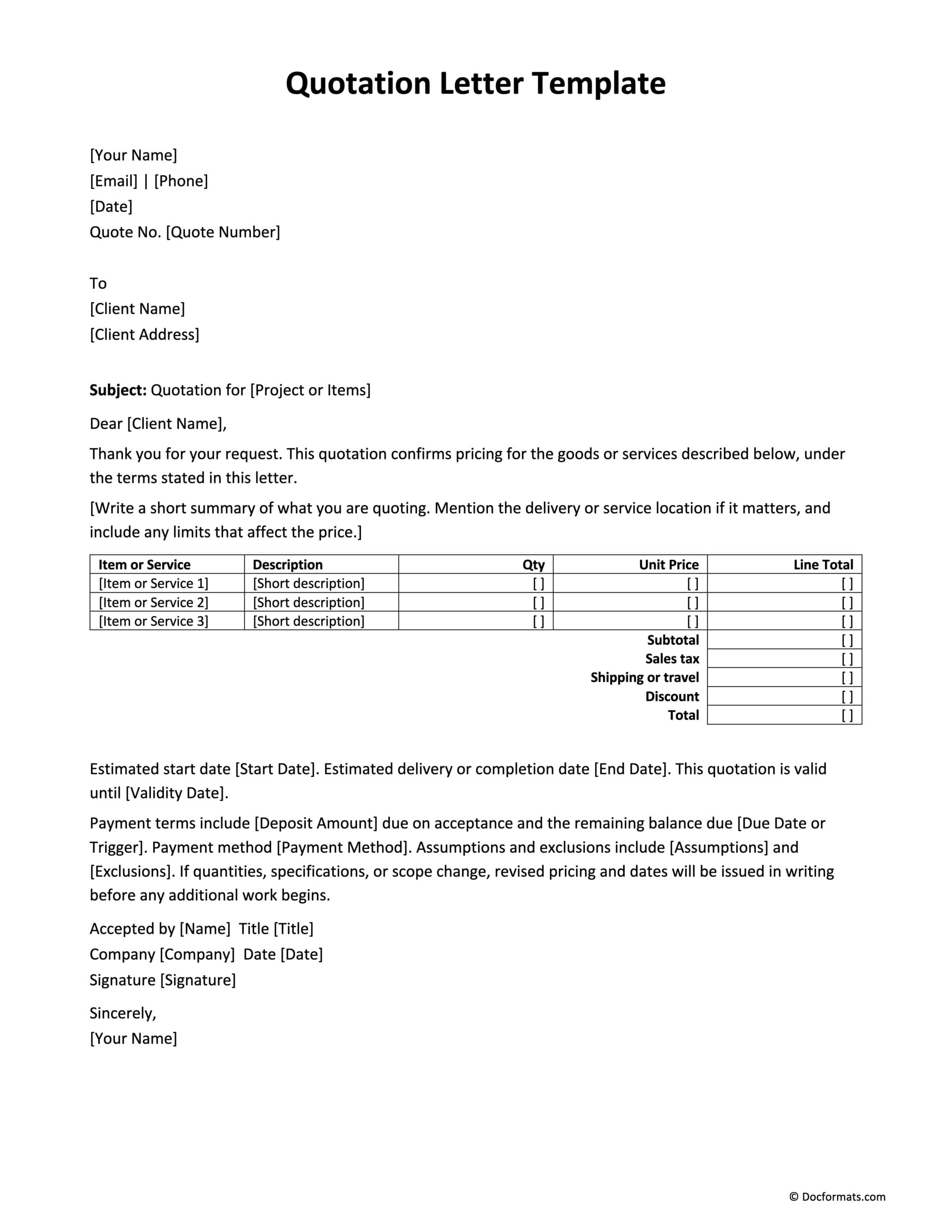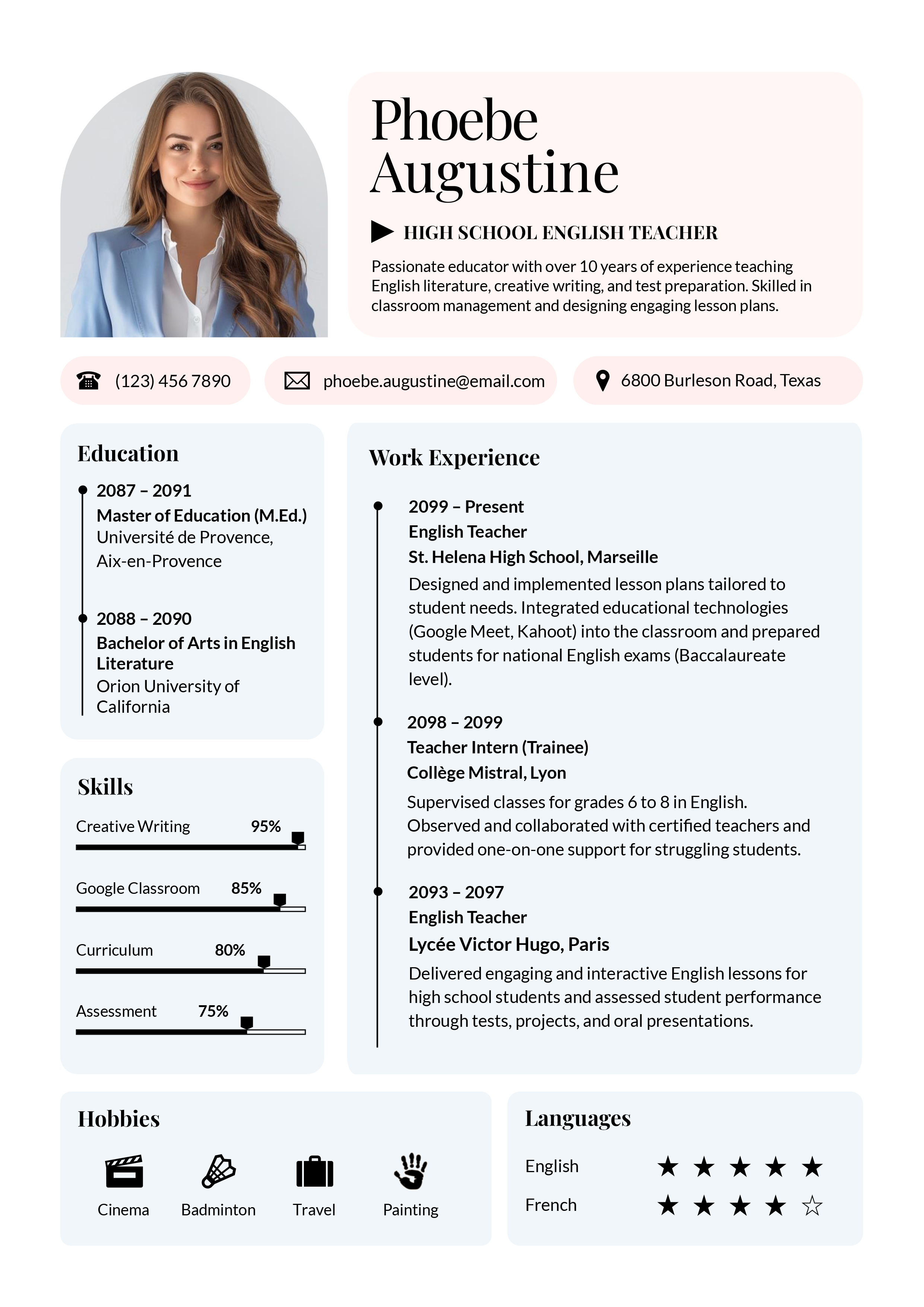“Mind your p’s and q’s” This is important advice to employees. If you do not follow the rules, take too many shortcuts doing your job, and produce inferior work, you can get written up. Those are the slang words most supervisors use to tell you that you are going to get a warning.
Being written up is not fun, and most people do not like writing them either. But if you have to write one then it pays to know how to write the best kind.
Employee Write-Up Form
This template package includes six distinct forms designed to support a full range of workplace situations. There is an employee complaint form that allows staff to report incidents or concerns in writing, an employee counselling form for coaching employees through minor issues, an employee reprimand form for formal discipline after an incident, an employee disciplinary action form for documenting more serious or repeated violations, an employee termination letter for formally ending employment when necessary, and an employee warning form for issuing written warnings. Each form is designed to record specific information and provide space for both employer and employee comments, promoting open communication and fairness. These forms can be easily customized in Microsoft Word and Google Docs.
How to Use These Employee Write‑Up Forms
These forms work together to document incidents and guide employees toward improvement or resolution. Begin by considering which document best fits the situation:
- Use the complaint form when an employee, customer or other stakeholder needs to report a concern or incident. This creates a written record and triggers an investigation.
- Use the counselling form to address early warning signs or minor performance issues through coaching.
- Use the disciplinary action form for serious or repeated violations that require a formal warning and corrective plan.
- Use the reprimand form when a violation has occurred and formal discipline is needed, but the relationship continues.
- Use the warning form to issue a written warning after previous counselling or discipline.
- Use the termination letter only after progressive discipline has failed or for severe misconduct that warrants immediate dismissal.
Important:Managers should always assess the situation carefully, sometimes a verbal warning or a performance improvement plan may be more appropriate. Remember that write-ups should be handled confidentially and reviewed with the employee in a private meeting before being signed.
Employee Counselling Form
Use the counselling form when you need to address early warning signs or minor performance issues. The form records the counselling date, the employee’s full name, job title, worksite and employer. You then select the reason for counselling, options include attendance, behaviour and teamwork, inappropriate conduct, dress code violations, safety violations, sleeping on the job, substandard work, violence or other. Providing a specific reason and avoiding vague descriptions helps create an objective record.
The next section asks for the incident date and time, followed by space to describe what happened. Stick to observable facts and note any witnesses. There is also a field for corrective action; here you explain the steps the employee must take to improve. Finally, the form invites the employee to provide comments. Giving employees an opportunity to explain their perspective demonstrates fairness and openness. Both you and the employee should sign the form. The counselling form ends with a note explaining that sustained improvement is required and that failure to improve may lead to further disciplinary action.
Employee Complaint Form
The complaint form is the starting point when someone needs to report a concern. Use this document when an employee, customer or visitor wants to report harassment, discrimination, safety issues or other incidents. The form asks for basic contact information (name, title, phone number, department), the date and time of the incident, the location and a detailed description of what happened. It also provides space to list witnesses and their phone numbers, note whether this is the first time the concern has been raised and offer suggestions for resolving the problem. A final section invites any additional comments and includes space for the complainant’s signature and printed name. Documenting complaints in writing ensures that management has a clear record to investigate and address the issue while maintaining confidentiality and fairness.
Employee Disciplinary Action Form
The disciplinary action form is used for more serious or repeated violations. It begins with the employee’s name, department, supervisor and the date of the warning. You then select the type of violation (attendance, carelessness, disobedience, safety, tardiness, work quality or other). Record the violation date, time and location and provide a detailed, objective description. Citing specific company policies that were violated reinforces why the action is being taken.
Next, write your statement as the employer, explaining what happened and why it is unacceptable, then give the employee space to write their statement. This ensures both sides are documented. The form includes a section for the final decision, which should state the consequences and any performance goals or corrective measures. There is also room to log previous warnings (verbal or written). Tracking prior incidents can show patterns of behaviour and justify more serious consequences. Conclude by collecting signatures from the employee and employer (and a witness if required) with printed names and dates.
Employee Reprimand Form
The reprimand form is used when an employee has committed a violation that warrants formal discipline beyond coaching but does not yet require termination. This template records the employee’s name, work location, date of discipline action, employee ID, date of occurrence and the supervisor issuing the reprimand. The next section, Violation Statement, notes where the violation occurred, the date and a detailed description. Under Disciplinary Action you select the consequence, options include administrative leave with pay, being sent home with pay, suspension without pay (with a space to specify the number of days), recommendation for termination, none or other. The Corrective Actions section then explains what the employee must do to remedy the situation. At the bottom, the employee acknowledges that they have read the notice (or refuses to sign), and signature lines for the employee, supervisor and any witness confirm that the reprimand was discussed. Use this form when a clear, formal reprimand is needed and to document the steps taken toward correction.
Employee Warning Form
The warning form is used to issue a formal written warning. It records the employee’s full name, job title and the manager or supervisor’s name. If a prior disciplinary meeting has occurred, you can note that date. The form lists common reasons for a warning, absenteeism, failure to follow procedure, rudeness, tardiness, failure to meet performance standards, refusal to work overtime, policy violations, fighting, inappropriate language or other. Check all that apply.
There is space to describe the actions that warranted the warning. Provide enough detail to make the situation clear and objective. Then explain the immediate and sustained corrective actions the employee must take. Emphasise that failing to meet these expectations can result in further discipline up to and including termination. Finally, the signature section notes that the employee’s signature indicates the situation was discussed but does not necessarily mean they agree, a point you should explain when reviewing the form.
Employee Termination Letter
When an employee must be dismissed, this termination letter provides a formal written notice. The letter includes the date, the terminated employee’s name and address, and opens with a salutation. It states that on a specified date the employee’s employment with your organisation will be officially terminated and explains the reason. A brief paragraph offers well-wishes for the future. The letter ends with a space for the employer’s signature and printed name. Termination letters are used as the final step in a progressive discipline process or when a serious violation requires immediate dismissal. They ensure that the reason for termination is clearly communicated and provide documentation should questions arise later.
Employee Write Up Templates
Employee Disciplinary Action Form
Employee Write Up Format
Employee Disciplinary Action Form
Appeal of Minor Disciplinary Action Form
Confidential Employee Discipline Form
Conviction and Discipline Reporting Form
Criminal History Disciplinary Action Form
Disciplinary Action Documentation Form
Disciplinary Action Form
Discipline Documentation Form
Employee Complaint Form
Employee Counseling Form
Employee Disciplinary Action Appeal Form
Employee Disciplinary Action Form
Employee Notice of Discipline Form
Employee Reprimand Form
Employee Warning Notice Form
Student Disciplinary Action Form
Student Employee Disciplinary Action Form
Written Warning Discipline Notice Form
Notice of Disciplinary Action Form 01
Notice of Disciplinary Action Form 02
Notice of Disciplinary Action Form 03
Notice of Disciplinary Action Form 04
Notice of Disciplinary Action Form 05
Notice of Disciplinary Action Form 06
Notice of Disciplinary Action Form 07
Notice of Disciplinary Action Form 08
Notice of Disciplinary Action Form 09
Notice of Disciplinary Action Form 10
Notice of Disciplinary Action Form 11
Notice of Disciplinary Action Form 12
Notice of Disciplinary Action Form 13
Notice of Disciplinary Action Form 14
Notice of Disciplinary Action Form 15
Notice of Disciplinary Action Form 16
Notice of Disciplinary Action Form 17
38
39
40
41
42
43
44
45
46
47
48
49
50
51
What Is an Employee Write-Up Form?
An employee write-up form is usually written by a manager or supervisor and are used to either describe an employee’s work ethic or reprimand them for doing bad work or doing something wrong at the workplace.
Often these forms are used for the latter reason and are used as warnings for the employee to clean up their act or face termination shortly. Also, an employee can fill out one of these forms if they are going to report a negligent co-worker who decides to act inappropriately during work hours.
Depending on company policy, these notices can be sent by e-mail, delivered in person, or posted at their workspace.
Essential Elements of an Employee Write Up Form
Creating an Employee Write Up Form is a sensitive task that demands meticulous attention to detail. Such a document is instrumental in the disciplinary process, acting as an official record of an employee’s violation or poor performance. It also serves as a tool to guide the employee towards rectifying their actions. Below, we detail the essential elements to include in an Employee Write Up Form to ensure clarity, transparency, and fairness.
- Employee Information: This includes the employee’s full name, job title, department, and other relevant identifiers. It is important to ensure the correct individual is associated with the write-up.
- Incident Details: The specific date, time, and location of the incident should be recorded. Accurate and detailed information will aid in future recall or reviews of the situation.
- Detailed Description of the Issue: Clearly outline what happened. Describe the incident, the inappropriate behavior, or the performance issue. Use facts and observable events rather than subjective judgments. Be as precise and detailed as possible, avoiding vague or general descriptions.
- Violation of Company Policy: Reference the specific company policy or code of conduct that was violated. If possible, include the exact wording of the policy and where it can be found in the employee handbook or company guidelines.
- Previous Warnings or Disciplinary Actions: If this isn’t the first time the employee has violated company policy or underperformed, note any previous warnings or disciplinary actions they’ve received. This builds a broader context for the current issue.
- Expected Corrections or Improvement Plans: Outline the required behavior, actions, or performance improvements expected from the employee. Provide a clear pathway for them to follow, and if possible, set achievable goals for them to reach.
- Consequences of Non-compliance: State clearly what will happen if the employee fails to make the required changes or repeats the violation. This could range from additional training to more disciplinary action, even up to termination.
- Witness Statements: If the situation involved other people or if there were eyewitnesses to the incident, include their accounts or testimonies. This provides a more balanced and detailed perspective of the event.
- Employee Comments or Rebuttal: It’s important to give the employee an opportunity to explain their actions, express their thoughts, or offer their own perspective on the situation. This fosters open communication and ensures fairness.
- Signatures: The form should be signed and dated by the manager and the employee. The employee’s signature indicates they have read and understood the content of the form, while the manager’s signature confirms the information is accurate and the form has been delivered.
- Follow-Up Dates: Set a review date or a series of follow-up dates to assess the employee’s progress towards improvement. This shows the ongoing commitment to the employee’s development.
Remember:An Employee Write-Up Form is not meant to punish or reprimand, but rather to help the employee understand what needs to be corrected and how they can improve. It encourages communication and understanding, fostering a better work environment.
When to Use an Employee Write-up Form
The majority of times, these forms are used is when an employee is not performing as they should during work hours. They could have bad behavior, make inappropriate comments about or to their co-workers, boss, or owner of the company, or just fail to do their job correctly.
When a manager, etc., write up an employee, they are warning the employee to shape up and make the right changes to their work habits or face disciplinary meetings. These written forms are filled out when the verbal warnings have not impacted the worker’s performance, and they continue on with their inappropriate behavior.
Also, these employee write-up forms create a paper trail that the company can use to show that they complied with all regulations, union agreements, or contract agreements before terminating the employee. Some of the reasons they are used include but not limited to:
- Bad attendance
- Showing up late for their shift continuously
- Creating disturbances at the workplace
- Insubordination
- Inferior work quality
- Bad work performance
- Ignoring instructions
- Doing personal things during work hours
- Causing damage to company property
When NOT to use
An Employee Write Up Form should not be used in situations where immediate termination is warranted due to severe misconduct or illegal activities, such as theft, assault, harassment, or substance abuse at the workplace. It’s also inappropriate to use it for personal disagreements or biases that don’t pertain to the employee’s job performance or conduct. Furthermore, it should not be used as a first response to minor infractions or performance issues that could be better addressed through coaching, training, or informal conversation. Lastly, it’s crucial not to use this form in a retaliatory manner or to target an employee who has raised concerns about workplace issues or engaged in legally protected activities.
Common Types of Write-Up Forms
Write-Up Forms vary depending on the nature of the violation or issue that needs to be addressed. Here are some common types:
- Performance Improvement Plan (PIP): This form is used when an employee’s work performance does not meet predetermined standards. The PIP outlines specific areas where improvement is needed, sets achievable goals, and provides a timeline for reassessment.
- Attendance Write-Up Form: This form is utilized when an employee has attendance issues such as chronic lateness or absenteeism that violate company policies.
- Behavioral Write-Up Form: Used when an employee exhibits inappropriate behavior in the workplace. This can include issues like rudeness, harassment, insubordination, or violation of company policies regarding conduct.
- Safety Violation Write-Up Form: This form is used when an employee neglects to follow safety procedures or regulations, thus putting themselves or others at risk.
- Job Abandonment Write-Up Form: This form is used when an employee is absent from work for consecutive days without any communication, which is typically considered as a resignation.
- Policy Violation Write-Up Form: This type of form is utilized when an employee breaches company policies, such as those concerning the use of company property, confidentiality, dress code, and others.
Tips for Writing or Filling out an Employee Write Up Form
Writing or filling out an Employee Write Up Form is a significant task that demands careful thought and a balanced approach. Here are some tips to guide you:
- Be Specific and Objective: Avoid general statements and focus on concrete facts. Use specific examples and stick to the exact details of the incident or issue at hand. Your goal is to create a clear and objective record.
- Use Professional Language: The language should be formal, professional, and respectful. Avoid using judgmental or emotional language, and ensure the tone is neutral and factual.
- Refer to Company Policies: Always relate the behavior or performance issue to the relevant company policy. This anchors your write-up in the rules and standards set by the organization.
- Provide Clear Expectations for Improvement: It’s essential to outline the necessary steps for behavioral or performance improvement. Set realistic, measurable goals that the employee can aim for.
- Maintain Confidentiality: The content of a write-up form should be kept confidential to respect the employee’s privacy. Only share it with relevant parties who are directly involved in the disciplinary process.
- Ensure Employee Understanding: After filling out the form, make sure the employee fully understands the content, the improvement required, and the potential consequences of inaction. Encourage them to ask questions or seek clarification.
- Document Everything: Keep a copy of all write-up forms and any related correspondence. This can be crucial if legal or other disputes arise in the future.
- Show Empathy: Remember that the goal is to encourage improvement, not to punish. Approach the process with understanding and the aim to support the employee’s growth.
- Follow Up: Ensure you monitor the situation and follow up on the issues raised. This shows the employee that you’re invested in their improvement and success.
FAQs
Employee write-up forms are appropriate when an employee has repeated tardiness or absenteeism, consistently poor work performance, violates company policies, shows insubordination or engages in disruptive or unprofessional behaviour. For minor issues, start with the counselling form; if the behaviour continues or is more serious, move to the disciplinary action form or warning form.
That depends on your organisation’s policies and the severity of the offence. Many employers follow a progressive discipline process that includes verbal warnings, then one to three written warnings before termination, but severe violations may warrant immediate dismissal.
Yes. Formal write-ups should be reviewed with the employee in a private meeting. The employee’s signature acknowledges that the incident has been discussed. It doesn’t mean they agree with the write-up, but it does confirm they have received and understood it.
Final Thoughts
While it’s never easy to let go of an employee, there are instances when this step becomes inevitable to maintain a conducive working environment for the rest of the team. However, before reaching such a drastic measure, it’s both compassionate and prudent to give the individual an opportunity to rectify their behavior or performance. Administering an Employee Write Up Form isn’t an initial course of action, but rather a measured response after previous attempts at informal guidance or coaching have been made. By allowing the employee a fair chance to adapt and grow, they might just surprise you and themselves by transforming the situation for the better, thus creating a win-win scenario for both the individual and the organization.

















































































